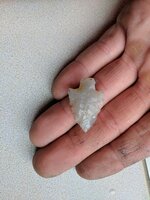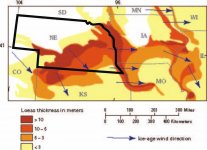CarsonRReese
Jr. Member
I was just curious as to how deep arrowheads can be found? My line of work is drainage tile and am typically digging in the 3-4 foot range. I Usually just watch the topsoil layer for artifacts but was curious if I should be looking deeper? Thanks for your help!
Amazon Forum Fav 👍
Attachments
Upvote
0







